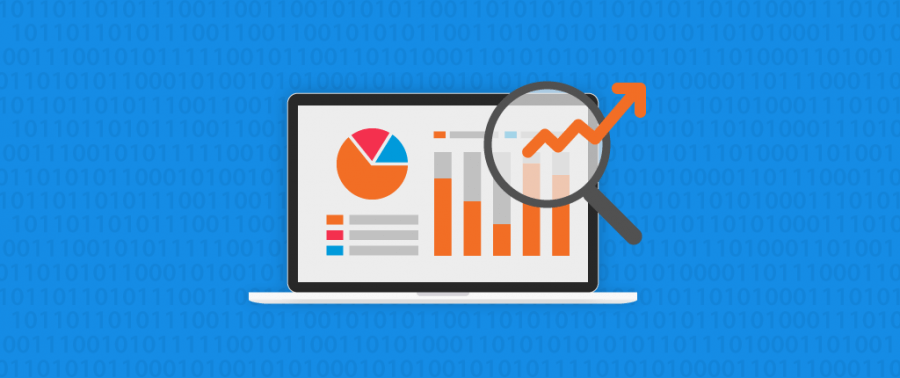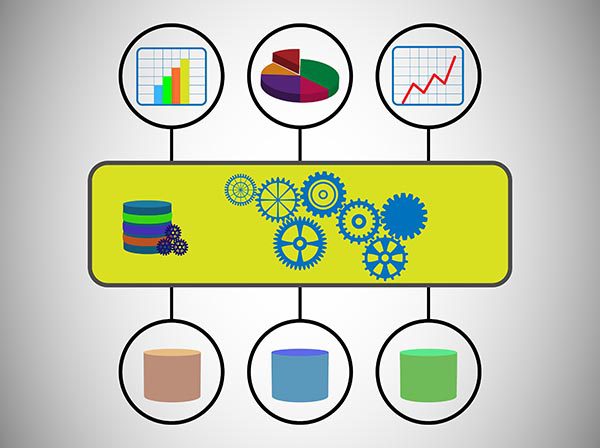
Data is the new oil. While that fact has been established and reinforced countless times, dealing with data to use it constructively has always been quite difficult. Data scientists always struggled to map data properly, leading to poor quality data, inaccurate business analysis, decision-making, and forecasting. Data integration processes depend on data mapping, and the lack of a strategy and data transformation logic can lead to filtration errors. With data swelling in volume daily, it has become vital for companies to leverage it effectively, transforming it into useful insights. Data is often collected from different data points, leading to a language disparity that data mapping seeks to unify.
What Is Data Mapping?

Data mapping refers to the process of establishing relationships between different data models, from various systems. Here’s how this works. It deals with extracting data fields from either one or multiple source files, matching them to related target fields in a destination. First comes ETL mapping, also known as Data Integration, which helps collect data by extracting, working, and loading it into a data storage facility. Post ETL comes Data Mapping, which uses this data to produce relevant insights looking to improve business efficiency. The mapping process is pretty simple. The source data is directed to the targeted database, which can either be a relational database or a CSV document.
Mostly, companies use data mapping templates to compare fields from one database system to another. Data needs to be homogenized before it can be analyzed for business insights. Data comes from multiple sources, with each source defining similar data points in multiple ways. For example, a source system may show the state field as Baltimore, but the destination may save it as B-More. Data mapping bridges the gaps between data models, so when data is moved from one source, it is useful and accurate at the destination. A common business function for quite some time now, data mapping as a process has become more complex with automated tools now getting involved.
Data Mapping in Migration and Integration

There’s a distinct difference between data migration and data integration. Data mapping plays a role in both.
- Migration is the process of data transfer from one system to another, one time only. This data does not change over time and post the migration, the destination becomes the new source of migrated data, with the old source dutifully retired. Data mapping plays a role in the migration process, mapping source and destination fields.
- Moving data regularly from one system to another is termed data integration, and this can be scheduled monthly, quarterly and yearly or even be event-triggered. Stored and maintained at both the source and destination, data is matched again by data maps, comparing both fields.
Data Mapping is Invaluable for Data Management
An important part of any data management process, the lack of data mapping may lead to data corruption. Quality data mapping is vital to ensure you squeeze the most out of your data migrations, transformations, and integrations as well as, data warehouse population.
Why Is Data Mapping Important?
- It allows you to integrate, transform, migrate data and create data warehouses.
- You can form direct relationships between data spread across many sources, simultaneously.
- It maintains high quality and accuracy in data, pointing out any anomalies.
- Can read trends in real-time so you can share reports with team members.
- Helps you squeeze the maximum out of your data.
- Data mapping software helps simplify and automate data mapping so you can live code-free.
Data Mapping Techniques
When it comes to data mapping, there are 3 primary techniques used. Manual, semi-automated mapping, and automated mapping. Below, we elaborate on a few.
Manual Data Mapping
Requiring professional coders and data mappers, this method entails IT coding and mapping your various data sources. A tedious process requiring professional help, manual data mapping permits total control and customization over your data maps.
Semi-automated Data Mapping
Also known as schema mapping, this method requires your team to have some coding knowledge. They will be alternating between manual and automated data mapping processes. A data mapping software creates a bridge between multiple data sources, and someone from IT can then review these connections, making manual adjustments whenever required.
Automated Data Mapping
In this method, as the name suggests, a tool takes care of all facets of data mapping on your behalf, a very helpful thing if you don’t have a coder on your team. Working on a drag and drop principle, these tools need just two things. Your attention, and in most cases, a minimum subscription fee. Automated data mapping is preferred by many who trust machines more, and want to eliminate the possibility of human error completely.
Here Are Some Great Data Mapping Tools

Data mapping tools and software are great for making the process easier. Requiring no code, they depend on drag and drop User Interfaces. You can implement these tools irrespective of the technical expertise level of your team. Some tools also have other capabilities, like data migration.
Bloomi
A Dell-owned cloud-native and scalable iPaaS tool, Bloomi connects cloud and on-premise data and applications. It allows users to design cloud-based integrations. These ‘Atoms’, as termed by the tool, allow you to transfer data from the cloud to on-premise apps and vice versa. This tool has a useful data-mapping functionality that works as an electronic data interchange translator. And finally, it has an easy-to-use drag and drop UI making data mapping a breeze, and a litany of connectors to help you establish integrations fast.
Tableau
Visual analytics and business intelligence platform that has both data management and data mapping capabilities, Tableau works whether your data is in Apache Hadoop, different databases, spreadsheets, or the cloud. Connect and visualize your data sans code. Tableau too, like most data mapping tools, has a drag and drop interface and comes armed with smart dashboards that help show you data via effective visuals. Finally, share data maps and dashboards with your team members even via mobile devices.
Astera
An enterprise data-management software that depends on visual interfaces to convert, validate and map data structures without code, Astera’s drag and drop feature allows for management and debugging of lengthy data integration tasks. Natively compatible with a range of database providers like Oracle, DB2, and the SQL server, this tool ensures your data quality remains high, with in-built data cleansing, profiling, and accuracy-enhancing options. There’s no question of duplicate records, missing information, or redundant data thanks to built-in transformations. If your data falls short of high-quality data standards, you receive notifications via email.
Final Thoughts
In conclusion, if you don’t want to remain in the dark regarding your customer’s demands, or their reaction to your marketing campaigns and strategies, you need to depend on data-driven marketing. Only that will ensure informed decisions based on real data that will drive marketing efforts while aligning with customer interests and behavior. While businesses both big and small have volumes of complex data spread across multiple sources, today’s modern mapping methods can help them put that data to good use. Read our blog about the increasing role of data in the digital world, and how you can use it to drive a positive user experience.
